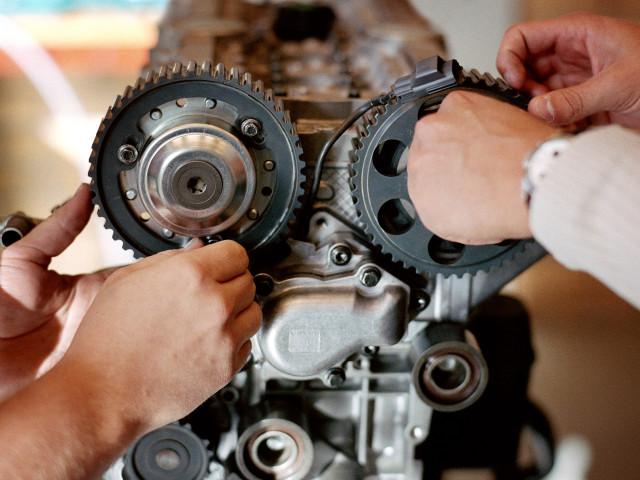The course begins with a general introduction to sustainability and sustainable aviation. Then the core of the course starts with the fundamentals of aircraft performance analysis based on the equations of motion for aircraft, and equilibrium conditions. Afterwards, the environmental impact is addressed with a focus on gas emissions computation and flight procedures. A template code for aircraft trajectory simulation is provided to the students in order for them to analyze the aircraft performance and the impact on gas emissions for different flight trajectories. The concept of performance based navigation (PBN) is then introduced to understand how an aircraft flies routes and as a transition to air traffic management (ATM). During this last part of the course, the different organizations involved in ATM are presented as well as the systems, services, and procedures affecting flight operations. Finally a guest lecture is given by two pilots (and CEO) coming from the aviation industry in the area of sustainable ATM, presenting as well their current sustainable projects and master’s thesis opportunities.
SD2830 Aircraft Performance and Air Traffic Management 6.0 credits

This course will focus on aircraft trajectory analysis based on aircraft performance and air traffic management (ATM), aiming to reduce the environmental impact in terms of gas emissions.
Information per course offering
Course offerings are missing for current or upcoming semesters.
Course syllabus as PDF
Please note: all information from the Course syllabus is available on this page in an accessible format.
Course syllabus SD2830 (Autumn 2022–)Content and learning outcomes
Course contents
Intended learning outcomes
After passing the course, the student should be able to:
- formulate equations of motion for an aircraft in atmospheric flight,
- motivate the assumptions made to simplify a flight mechanics problem,
- design a basic control system using simplified equations of motion,
- perform trajectory simulation and optimization by integrating the equations of motion in time,
- judge and discuss the different areas of action in sustainable aviation in relation to the Sustainable Development Goals (SDGs),
- discuss and compute aircraft emissions for a given flight trajectory, based on a model,
- identify and evaluate the flight procedures minimizing gas emissions,
- explain how an aircraft flies routes based on performance based navigation,
- explain the whole organization forming air traffic management (ATM) with the main services, systems, and stakeholders involved,
- explain the different air traffic control (ATC) procedures,
- motivate the impact of ATM on sustainable aviation,
- present and communicate results in a clear and organised manner, written and oral.
Literature and preparations
Specific prerequisites
Completed degree project on Bachelor level with major in technology.
English B / English 6
Recommended prerequisites
SD2805 Flygmekanik
Literature
Examination and completion
Grading scale
Examination
- INL1 - Assignment, 3.0 credits, grading scale: P, F
- PRO1 - Project, 3.0 credits, grading scale: A, B, C, D, E, FX, F
Based on recommendation from KTH’s coordinator for disabilities, the examiner will decide how to adapt an examination for students with documented disability.
The examiner may apply another examination format when re-examining individual students.
If the course is discontinued, students may request to be examined during the following two academic years.
Other requirements for final grade
Participate actively in the workshop sessions and pass all the assignments (P).
Examiner
Ethical approach
- All members of a group are responsible for the group's work.
- In any assessment, every student shall honestly disclose any help received and sources used.
- In an oral assessment, every student shall be able to present and answer questions about the entire assignment and solution.